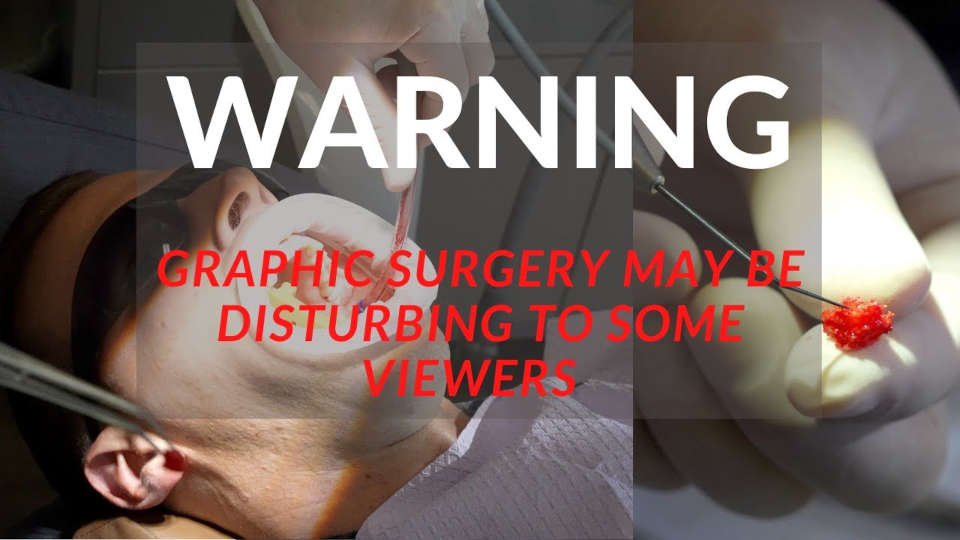Resources Mentioned:
- Summit View Biological Dentistry
- Book by Dr. Thomas E. Levy- Hidden Epidemic: Silent Oral Infections Cause Most Heart Attacks and Breast Cancers
- Cyto Detox – https://www.rah91trk.com/24QSBG/GTSC3…
- BIND – https://revelationhealth.com/products…
- True Carbon Cleanse – https://revelationhealth.com/products…
- >Ionic Foot Detox Bath Machine (research into “the best” out there still needs to be conducted)
- Ozone Oils .com – use code STERN for 10% off
- Tri-ology herbal rinse
- CBD Oil Myriam’s Hemp – Use code STERN for 10% off
- Hilotherapy for Maxillofacial Surgery – Ostralos – Specialist Clinical Supplies – https://www.ostralos.com/hilotherapy-…
Timestamps:
- 00:00:15 How do I know I have cavitations?
- 00:00:30 Definition of a cavitation.
- 00:01:35 Caviations could be the root cause of gut issues.
- 00:02:00 Wisdom teeth are connected to the ilium valve through meridians.
- 00:03:07 Ryan uses a vibrating plate to help improve lymph drainage before surgery.
- 00:04:24 Review of what a cavitation is and why to clean them out with Dr. Scott Chandler.
- 00:05:15 RANTES protein is generated by pathogenic bacteria. It has been extensively studied and is linked to many cancers and autoimmune disorders.
- 00:07:10 Cardiologist, Dr. Levy, says caviatons and root canals are the leading cause of most heart attacks and breast cancers.
- 00:07:25 Cavitations trap heavy metals.
- 00:07:40 Cell phone radiation can contribute to increased bone damage by reacting with cavitations and metal implants.
- 00:08:35 Metal and anything “dead” doesn’t belong in the head so metal implants, appliances, and root canals are removed.
- 00:09:25 Blood is drawn before surgery to separate platelet-rich fibrin (PRF) for use as a natural antibiotic and pain killer.
- 00:12:15 Post-surgery protocol using supplements helps drive circulation to the area.
- 00:13:45 Work with a good functional medicine doctor to help with detox and basic supplements.
- 00:14:01 Cytodetox and Bind are given to patients pre-surgery.
- 00:14:40 Bentonite clay is used as a binder post-surgery.
- 00:15:10 Ionic foot baths are even better than clay for drawing out heavy metals and toxins.
- 00:15:50 Ryan’s cone beam 3D CT scan is reviewed.
- 00:17:58 It is common for people to shift into parasympathetic mode (healing mode) even during surgery or have vision clear once bacteria in the jaw is removed.
- 00:19:06 Blood is drawn for Platelet-rich fibrin (PRF) removal in the centrifuge.
- 00:19:22 An ultrasonic instrument is used to clean ligaments of the tooth and eruption cysts.
- 00:19:45 Caviations can begin behind wisdom teeth which haven’t been removed as well as in ones that have been removed.
- 00:20:28 Anesthetic is administered which has been buffered with baking soda.
- 00:21:27 Most people who have reactions to epinephrine in anesthetic are low in magnesium.
- 00:21:34 Tartar on teeth can be a sign of the body spilling extra calcium into the system.
- 00:22:20 Ryan’s metal retainer is removed.
- 00:23:19 The first piece of cavitation is removed. Weak bone and fatty osteolysis is examined.
- 00:24:42 An ultrasonic instrument is used to clean out the cavitation.
- 00:25:41 A LASER is used to remove and kill bacteria in the cavitation site.
- 00:26:19 Ozone is used to clean the cavitation site.
- 00:26:46 Muscle testing is used to verify all debris has been removed.
- 00:27:02 Dr. Klinghardt uses autonomic response testing with a glass rod to do resonation testing with cavitation material to determine if the site has been thoroughly cleaned.
- 00:27:17 “Shrapnel” removed.
- 00:27:41 PRF is added to the cavitation site.
- 00:28:21 The site is sewn shut.
- 00:28:34 Dr. Chandler explains that, often, the cysts which surround wisdom teeth are not completely removed when wisdom teeth are extracted. The remaining debris rots and contributes to cavitations.
- 00:29:51 Procaine is used after the cavitation site has been closed and is likened to hitting the reset button on the body.
- 00:30:08 Soft diet is recommended for a few days after surgery along with gentle rinsing with saline, ozonated oil and an herbal hydrogen peroxide based rinse.
- 00:33:05 CBD oil and homeopathics can help with pain.
- 00:33:20 Recap: Open top of the bone, clean out the mush, LASER, ozone, PRF, close with stitches. It’s common to feel light-headed and relaxed afterwards.
- 00:34:29 Cooling mask is sent home to keep the jaw at the perfect temperature.
Dr. Chandler’s mantra: Anything metal or dead does not belong in the head!









